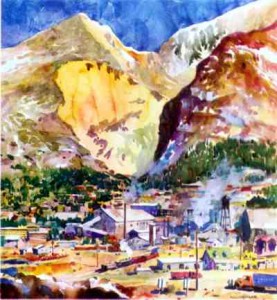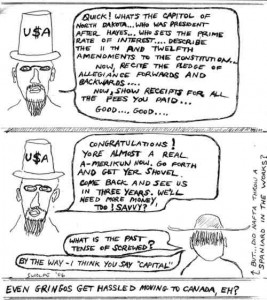Brief by Allen Best
Tourism – June 2006 – Colorado Central Magazine
Breckenridge, as a modern tourist resort, has always taken pride in its history as a gold-mining town dating to 1859. The town continues to work toward leveraging that legacy into the lucrative market of cultural and heritage tourism.
The town’s history “is the critical differentiation” from other resort towns, said outgoing town council member Larry Crispell. “We should be out shouting it from the roof tops: We are an historic community. We are a real town.”
To help stake its claim as a real town, municipal officials have hired two consultants to help create a heritage master plan. For example, the town has already acquired several mining properties, and it intends to restore dredge boats, which even into the 1930s moved mass quantities of glacial till in local rivers in order to recover small quantities of gold.
Not least, the town is trying to preserve the one-time home of Barney Ford, a former slave who fled the antebellum South and eventually arrived in Breckenridge, where, according to local lore, he struck it rich.
(What the local lore sometimes omits is that Ford was cheated out of his presumed ore strike in Breckenridge by his lawyer and other whites, and that the area where his claim was stacked was officially known until 1964 as Nigger Hill.)
“Nobody else has that kind of story,” said Crispell.
Main Street in Breckenridge has an assortment of brightly colored stores in the style of Victorian era architecture, and the town has limited the number of national retailers, in an effort to draw visitors searching for that “real town” experience.
One of the consultants, Tom Gallagher, said such tourists have higher incomes and spend more than the average, stay longer, and are better educated. Moreover, he said, heritage tourists travel in larger groups and tend to stay in hotels or motels instead of with friends and relatives. Finally, they visit during spring and fall, not just winter and summer — the typical peak seasons for ski resort towns. Nationally, heritage tourism has been up 45 percent since 1996.
Gallagher defined heritage tourists as those who travel to “experience the places and activities that authentically represent the stories and people of the past and present.”


